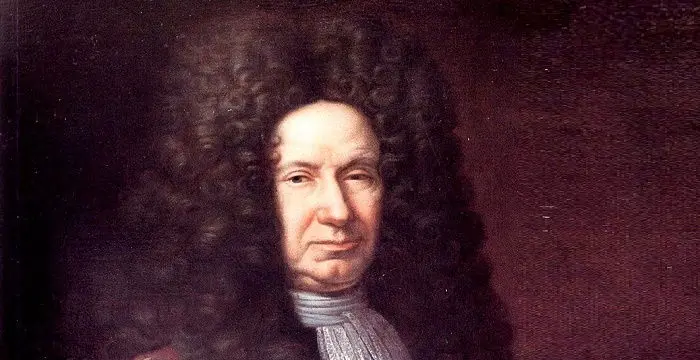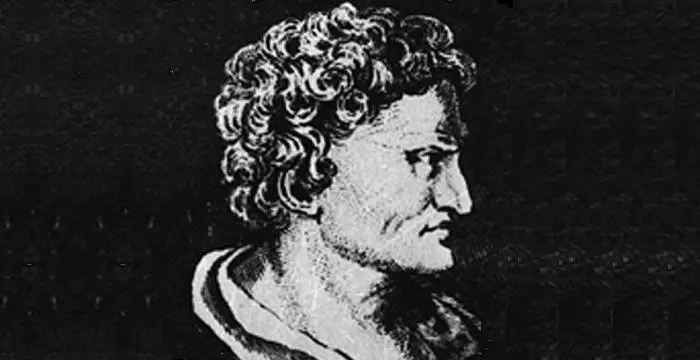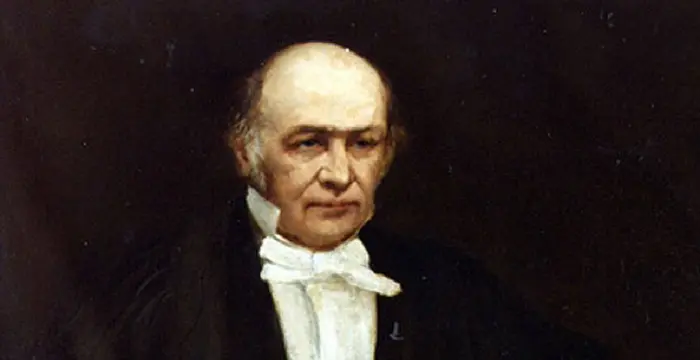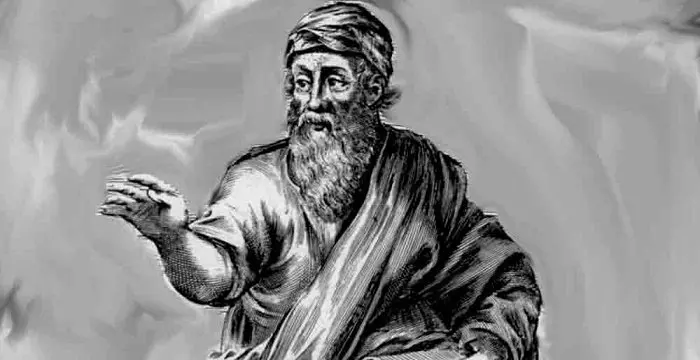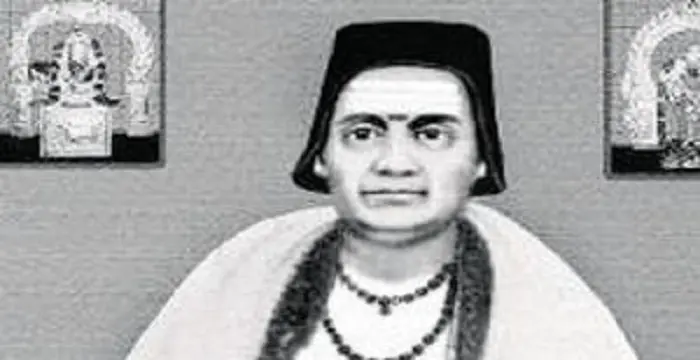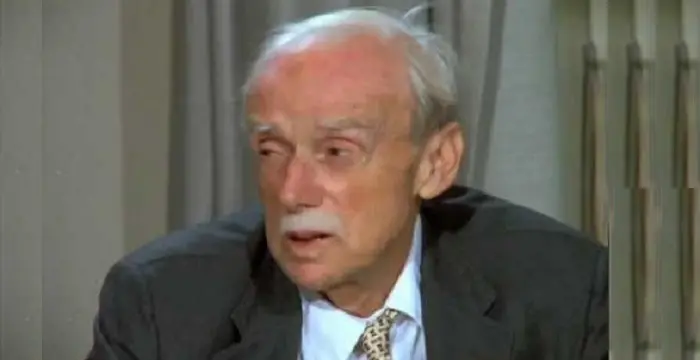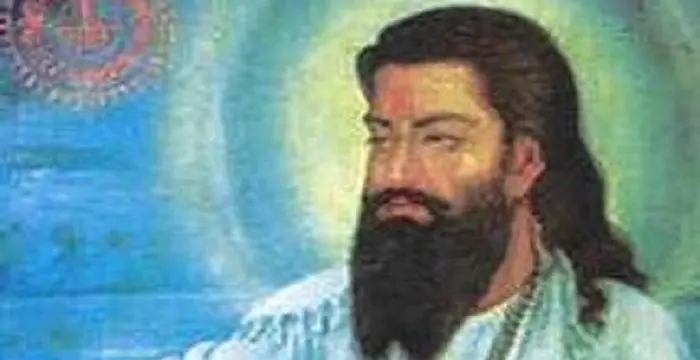
Brahmagupta - Mathematicians, Life Achievements and Personal Life
Brahmagupta's Personal Details
Brahmagupta was a highly accomplished ancient Indian astronomer and mathematician
| Information | Detail |
|---|---|
| Birthday | 598 |
| Died on | January 1, 670 |
| Nationality | Indian |
| Famous | Scientists, Mathematicians, Astronomers, Astronomers, Mathematicians |
| Birth Place | Bhinmal |
| Religion | Hinduism |
| Gender | Male |
| Born in | Bhinmal |
| Famous as | Mathematician and Astronomer |
| Died at Age | 72 |
// Famous Astronomers
Giovanni Domenico Cassini
Giovanni Cassini was a 17th century Italian mathematician, astronomer and astrologer. This biography of Giovanni Cassini provides detailed information about his childhood, life, achievements, works & timeline.
Hipparchus
Hipparchus was a Greek astronomer and mathematician. This biography profiles his childhood, life, achievements and timeline.
Sir William Rowan Hamilton
Sir William Rowan Hamilton was one of the greatest scientists to be born in Ireland. Check out this biography to know about his childhood, family life, achievements and other facts about his life.
Brahmagupta's photo
Who is Brahmagupta?
Brahmagupta was a highly accomplished ancient Indian astronomer and mathematician who was the first to give rules to compute with zero. He is best remembered as the author of the theoretical treatise ‘Brāhmasphuṭasiddhānta’ ("Correctly established doctrine of Brahma"). He composed his texts in elliptic verse in Sanskrit, as was common practice in Indian mathematics of his time. The ‘Brāhmasphuṭasiddhānta’ was a seminal work in astronomy which went on have a deep influence not just in the development of astronomy in India, but also had a great impact on Islamic mathematics and astronomy. An orthodox Hindu, he took care not to antagonize his own religious leaders but was very bitter in criticizing the ideas advanced by rival astronomers hailing from the Jain religion. He was among the few thinkers of his era who had realized that the earth was not flat as many believed, but a sphere. He was much ahead of his contemporaries and his mathematical and astronomical calculations remained among the most accurate available for several centuries. He is believed to have written many works though only a few survive today. In addition to being an accomplished astronomer, he was also a much revered mathematician. His ‘Brāhmasphuṭasiddhānta’ is the first book that mentions zero as a number and also gives rules for using zero with negative and positive numbers.
// Famous Mathematicians
Giovanni Domenico Cassini
Giovanni Cassini was a 17th century Italian mathematician, astronomer and astrologer. This biography of Giovanni Cassini provides detailed information about his childhood, life, achievements, works & timeline.
Pythagoras
Pythagoras of Samos was a Greek mathematician and philosopher. Read on to learn more about Pythagoras’s profile, childhood, life and timeline.
Hipparchus
Hipparchus was a Greek astronomer and mathematician. This biography profiles his childhood, life, achievements and timeline.
Childhood & Early Life
Brahmagupta was born in 598 AD into an orthodox Shaivite Hindu family. His father’s name was Jishnugupta. It is generally believed that he was born in Ujjain. Not much is known about his early life.
As a young man he studied astronomy extensively. He was well-read in the five traditional siddhanthas on Indian astronomy, and also studied the work of other ancient astronomers such as Aryabhata I, Latadeva, Pradyumna, Varahamihira, Simha, Srisena, Vijayanandin and Vishnuchandra.
Brahmagupta became an astronomer of the Brahmapaksha school, one of the four major schools of Indian astronomy during his era.
Later Years
He is believed to have lived and worked in Bhinmal in present day Rajasthan, India, for a few years. The city was a center of learning for mathematics and astronomy, and he flourished as an astronomer in the intellectual atmosphere of the city.
At the age of 30, he composed the theoretical treatise ‘Brāhmasphuṭasiddhānta’ ("Correctly established doctrine of Brahma") in 628 AD. The work is thought to be a revised version of the received siddhanta of the Brahmapaksha school, incorporated with some of his own new material. Primarily a book of astronomy, it also contains several chapters on mathematics.
Brahmagupta is credited to have given the most accurate of the early calculations of the length of the solar year. He initially estimated it to be at 365 days, 6 hours, 5 minutes, and 19 seconds which is remarkably close to the actual value of 365 days, 5 hours, 48 minutes, and about 45 seconds.
He later revised his estimate and proposed a length of 365 days, 6 hours, 12 minutes, and 36 seconds. His work was very significant considering the fact that he had no telescope or scientific equipment to help him arrive at his conclusions. He is believed to have relied primarily on Aryabhata’s findings to arrive at his own conclusions.
In addition to astronomy, his book also contained various chapters on mathematics. Through this book, he laid the foundations of the two major fields of Indian mathematics, pati-ganita (“mathematics of procedures,” or algorithms) and bija-ganita (“mathematics of seeds,” or equations).
The ‘Brāhmasphuṭasiddhānta’ was the first book to mention zero as a number. He further gave rules of using zero with negative and positive numbers. He also described the rules of operations on negative numbers which come quite close to the modern understanding of numbers.
He also introduced new methods for solving quadratic equations and gave equations to solve systems of simultaneous indeterminate equations, in addition to providing two equivalent solutions to the general quadratic equation.
In his seminal book he provided a formula useful for generating Pythagorean triples and also gave a recurrence relation for generating solutions to certain instances of Diophantine equations.
In mathematics, his contribution to geometry was especially significant. His formula for cyclic quadrilaterals--now known as Brahmagupta's formula—provides a way of calculating the area of any cyclic quadrilateral (one that can be inscribed in a circle) given the lengths of the sides.
He gave formulas for the lengths and areas of other geometric figures as well, and the Brahmagupta's theorem named after him states that if a cyclic quadrilateral has perpendicular diagonals, then the perpendicular diagonal to a side from the point of intersection of the diagonals always bisects the opposite side.
One of his later works was the treatise ‘Khaṇḍakhādyaka’ (meaning "edible bite; morsel of food"), written in 665 AD which covered several topics on astronomy including the longitudes of the planets, diurnal rotation, lunar and solar eclipses, risings and settings, the moon's crescent and conjunctions of the planets.
Major Works
Brahmagupta’s treatise ‘Brāhmasphuṭasiddhānta’ is one of the first mathematical books to provide concrete ideas on positive numbers, negative numbers, and zero. The text also elaborated on the methods of solving linear and quadratic equations, rules for summing series, and a method for computing square roots. It also contained the first clear description of the quadratic formula (the solution of the quadratic equation).
Personal Life & Legacy
The details regarding his family life are obscure. He is believed to have died sometime after 665 AD.
// Famous Scientists
Juliane Koepcke
Juliane Koepcke is a German-Peruvian biologist, who was the lone survivor among the 92 passengers and crew of the ill-fated LANSA Flight 508 that crashed in the Peruvian rainforest on 24 December 1971. Know more about her life in this biography.
Henry Cavendish
Henry Cavendish was a theoretical chemist and physicist, renowned for discovery of hydrogen and calculation of the mass of earth. To know more about his childhood, profile, timeline and career read on
Konstantin Tsiolkovsky
Konstantin Tsiolkovsky was a Russian rocket scientist and a pioneer of astronautics. This biography provides detailed information about his childhood, family, personal life, career, achievements, etc.
Brahmagupta biography timelines
- // 598Brahmagupta was born in 598 AD into an orthodox Shaivite Hindu family. His father’s name was Jishnugupta. It is generally believed that he was born in Ujjain. Not much is known about his early life.
- // 628At the age of 30, he composed the theoretical treatise ‘Brāhmasphuṭasiddhānta’ ("Correctly established doctrine of Brahma") in 628 AD. The work is thought to be a revised version of the received siddhanta of the Brahmapaksha school, incorporated with some of his own new material. Primarily a book of astronomy, it also contains several chapters on mathematics.
- // 665One of his later works was the treatise ‘Khaṇḍakhādyaka’ (meaning "edible bite; morsel of food"), written in 665 AD which covered several topics on astronomy including the longitudes of the planets, diurnal rotation, lunar and solar eclipses, risings and settings, the moon's crescent and conjunctions of the planets.
- // 665The details regarding his family life are obscure. He is believed to have died sometime after 665 AD.
// Famous Mathematicians
Grigori Perelman
Grigori Perelman is a Russian mathematician who is best known for his contributions to Riemannian geometry and geometric topology. Check out this biography to know about his childhood, family life, achievements and fun facts about him.
Terence Tao
Terence Tao is an Australian- American mathematician who has contributed enormously to the field of mathematics. Check out this biography to know about his childhood, family life and achievements.
Isaac Newton
Isaac Newton was an English scientist and mathematician, who discovered gravitation and Newtonian Mechanics. Read this biography to find more on his life.
Giovanni Domenico Cassini
Giovanni Cassini was a 17th century Italian mathematician, astronomer and astrologer. This biography of Giovanni Cassini provides detailed information about his childhood, life, achievements, works & timeline.
Bhāskara II
Bhaskara II was a 12th century Indian mathematician. This biography of Bhaskara II provides detailed information about his childhood, life, achievements, works & timeline.
Paul Dirac
Paul Dirac was an English theoretical physicist known for his contributions to quantum mechanics and quantum electrodynamics. This biography of Paul Dirac provides detailed information about his childhood, life, achievements, works & timeline
Brahmagupta's FAQ
When was Brahmagupta died?
Brahmagupta was died at 0670-01-01
Which age was Brahmagupta died?
Brahmagupta was died at age 72
Where is Brahmagupta's birth place?
Brahmagupta was born in Bhinmal
What is Brahmagupta nationalities?
Brahmagupta's nationalities is Indian
What is Brahmagupta's religion?
Brahmagupta's religion is Hinduism
How famous is Brahmagupta?
Brahmagupta is famouse as Mathematician and Astronomer
